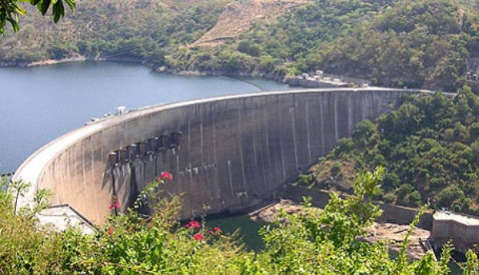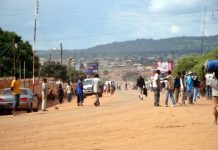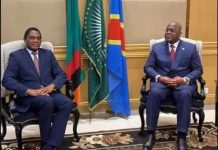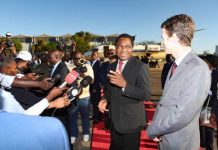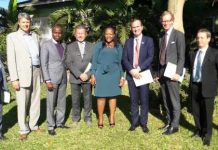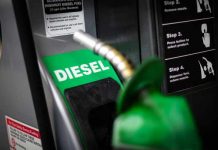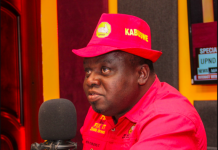ZESA Holdings might reduce further the power generation at Kariba Power Station as the current water levels at the lake keep falling. ZESA and its Zambian equivalent, Zambia Electricity Supply Company (ZESCO), were allocated 45 billion cubic metres of water this year but there is a likelihood of a further reduction to 10-15 billion cubic metres, a situation that effects a reduction in power generation by the two utilities.
Speaking at the Zimbabwe National Chamber of Commerce business breakfast yesterday, ZESA chief executive Engineer Josh Chifamba said Kariba remains the anchor power generation plant for ZESA because it is a value driver for both the investor and customers.
“The amount of water allocated to ZESA and ZESCO is 45 billion cubic metres for this year and that allocation has since been reduced. This will see us producing 475 megawatts against the previous 750 megawatts. It is likely that next year, between the two utilities, ZRA will make available about 10-15 billion cubic metres which will then move our generation downwards to about 245MW,” said Engineer Chifamba.
“In the mix of our generation capacity, Kariba has the lowest cost of production. So if we lose Kariba then we also lose value. The fact is that any alternative solution that comes will always have a higher cost compared to Kariba.” In trying to mitigate energy challenges bedevilling the country, ZESA plans to set up a quick-win diesel powered generation plant to be completed in about 18 months in Mutare.
Reports say, ZESA has sent engineers to Italy and India for due diligence on the company to supply equipment for the construction of the plant expected to produce 100-300MW. Energy and Power Development Minister Dr Samuel Undenge said the advantage with emergency power generation plants is that the final tariff will be blended in the tariffs of all generators. This means it will be before 35 cents per kilowatt hour.
“Tariff adjustments are inevitable in 2016 but we will make sure that they are minimum. Zambia recently announced a tariff hike of almost 10 percent and the situation we are in is not normal and therefore we need to ‘bite the bullet’,” said Dr Undenge.
He said power will not come cheap, and sacrifices have to be made in order to lessen load shedding. Zambian Deputy Ambassador to Zimbabwe Humphrey Mwenya said Zambia is facing the same electricity challenges contrary to reports that the situation was rather stable there.
Meanwhile, the Zimbabwe Power Company said it surpassed its energy production target for the third quarter by 1,18 percent, despite reduced generation capacity at Kariba Power Station. Zimbabwe generates its power from the Hwange Thermal Power Station, the Kariba Hydro-electric Power Station and three small thermal power stations – Munyati in Kwekwe, Harare and Bulawayo. ZPC managing director Noah Gwariro said the two main power stations, Kariba and Hwange, had exceeded their production targets for the quarter.
“In the period July to September 2015, Zimbabwe Power Company sent out a total of 2,545.68GWh of energy against a target of 2,515.93GWh, surpassing its target by 1,18 percent,” he said in a quarterly performance update.
A Gigawatt (GW) equals 1 000 megawatts of electricity and this unit is often used for large power plants or power grids. “This fruitful result was due to high plant availability which was recorded at the stations and the improved performance of Hwange Unit 4 during the quarter following its successful major overhaul.”
HERALD

 JOIN DRIVERN TAXI AS PARTNER DRIVER TODAY!
JOIN DRIVERN TAXI AS PARTNER DRIVER TODAY!